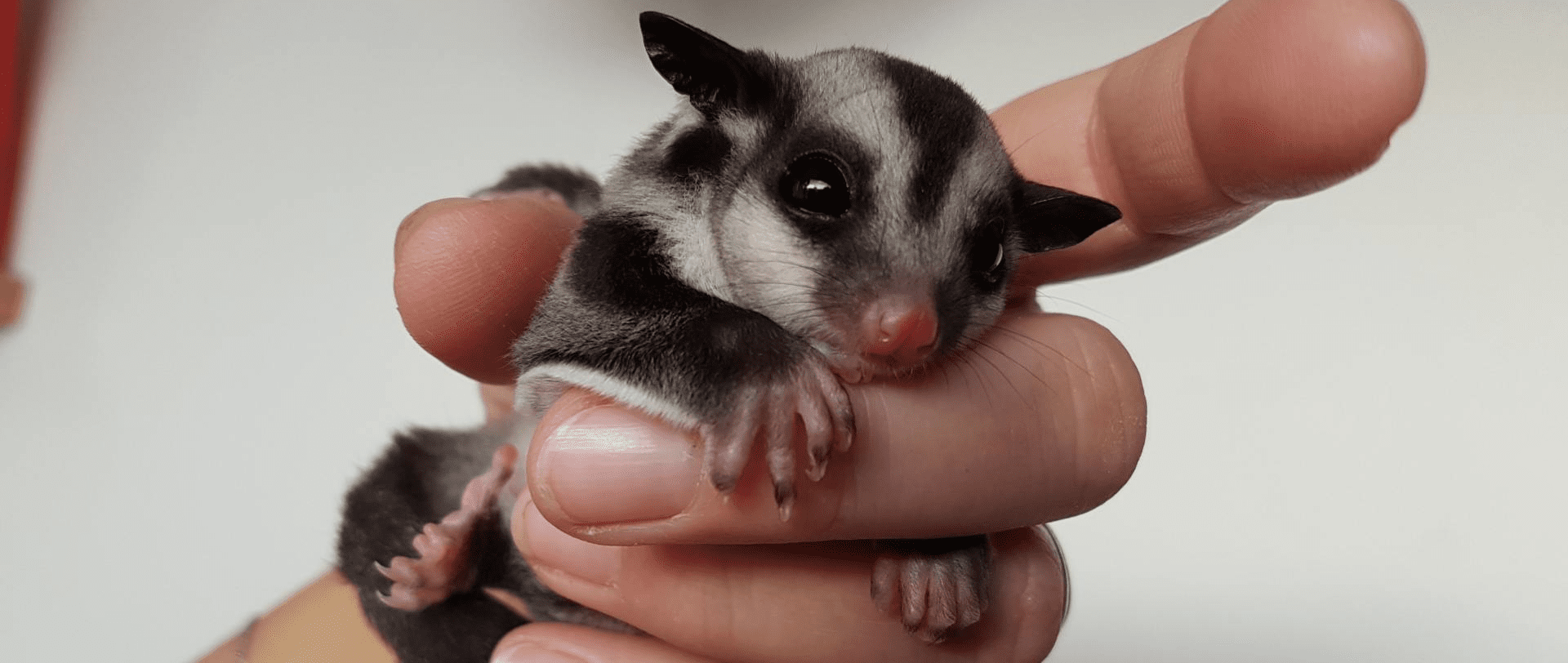Have you recently decided to become a bird owner? If so, you’re in for a lot of cute and lovely moments with your new feathery companion. Birds are small, yet they can pack a lot of personality and opinions into their small bodies. Polly has certain very particular needs that differ greatly from those of dogs and cats. One of the most crucial things is to ensure that she is comfortable in her cage. A neighborhood Southwest Las Vegas, NV veterinarian provides some light on this below.
Choosing the Right Bird Cage
Nowadays, birdcages come in a range of designs and sizes. They are certainly not one-size-fits-all. You’ll need to choose the appropriate size and design for your flying companion. Knowing what qualities you should look for, as well as what to avoid, can help you narrow down your options when selecting a cage for your winged companion.
Research Polly’s Space Needs
The ideal shape and size for Polly’s cage will vary depending on the sort of bird you receive. Parrots, for example, require plenty of space to climb and play, and they thrive in cages that are rather tall. A finch, on the other hand, will not require that height; they fly vertically, and require more horizontal space. This is definitely something you should research before going shopping.
Here are some minimum cage size requirements:
- African Grey: 34″ × 24″ x 36″ H.
- Budgerigar : 18″ W x 18″ D x 24″ H.
- Cockatiel: 20″ W x 20″ D x 24″ H
- Lovebirds: 24″ W x 24″ D x 24″ H
Keep in mind that if your winged companion is still a baby, you’ll need to pick something that will be comfy and large enough for them when they grow up. Also, these sizes are for one bird; if you have more than one, you would require a larger cage than what we’ve noted. In general, the bigger, the better.
Get A Safe Material
One would think that birdcages would always and only be manufactured of materials that were safe for your feathered friend, but this is not the case. Avoid cages made of galvanized wire; they are frequently coated in zinc, which is poisonous to birds. Painted cages are also not a smart idea because your pet may chew the cage and consume paint chips. Powder-coated stainless steel is a nice choice.
Pay Attention To Bar Spacing
Another key consideration is ensuring that your cage’s bars are spaced appropriately. You don’t want to risk your pet’s head or wings getting hooked! The minimum size will vary slightly based on the type of bird you receive. If you’re unsure, ask your veterinarian for particular guidance.
Choose the Right Style
There are several types of bird cages available. The great bulk of them fit within a few categories.
Here are a few examples:
- Classic: Standard cage, usually square.
- Dome-Top: Provide more height at the top.
- Playtop: Features detachable upper levels that allow you to relocate your winged companion to other locations.
Don’t Skimp on Extras
Costs for birdcages might vary substantially. However, whether you are purchasing a tiny, normal cage for a parakeet or a large one for a MaCaw, you will want to consider the bells and whistles. Slide-out litter boxes, feeder doors, removable toppers, and other amenities may appear to be needless luxuries to a new bird owner, but they may make your life much easier. Keep in mind that the cage is a one-time expense, so it’s worth splurging on a bit.
Measure First
You may have heard the old handyman proverb “Measure twice, cut once.” That sort of applies here. Choose a location for the cage before going shopping. Then you will know precisely how much space you have to work with.
Do Not Buy Used
Buying used items can sometimes save you a significant amount of money. This is one situation where the risk is simply not worth taking. A used birdcage may have previously housed a sick bird and is therefore potentially polluted. It may also be more difficult to determine what the cage is made of, which is vital.
Where Do You Put The Birdcage?
Choosing the correct location is also vital. Birds typically feel safest in corners because they know that nothing can sneak up on them from those blocked directions. You could place Polly’s cage in the corner of a family room, den, or living room. Avoid putting the cage in direct sunlight or near vents or speakers.
Consider Air Quality
This is also significant. Birds have extremely sensitive lungs. Many vapors, including cooking fumes that are harmless or even pleasant to us, can be fatal to your winged companion. It’s best to keep Polly out of and away from the kitchen. Many modern appliances emit fumes that are hazardous to birds. The list contains more than just pots and pans, such as turkey packs and panini makers.
Decorating the Cage
Once you’ve decided on a cage and a location, you can start adding accessories.
Bowls
Polly will need bowls for her food and drink, of course. Stainless steel is a good option. Get more than one set, so you can have one set in the cage while the other is out being washed.
Toys
Toys are essential for your pet’s enjoyment and well-being. In fact, you might be shocked by how much difference they can make! You’ll be able to locate a variety of wonderful toys in retailers. You can also create your own.
The essential issue here is to stick to safe materials. If possible, stick to natural materials like rope. This may vary slightly from bird to bird. For example, a larger parrot may be able to break a plastic disk into pieces, whereas a parakeet may not. Ask your vet for specific advice on this.
Perches
Perches are also important. Birds utilize them to sleep, socialize, eat, play, and simply hang out. Ideally, you’ll need several different perches of varying sizes and strengths. This will help the perches resemble trees, which do not all have uniform branches. However, it is critical to select the correct size. You can get detailed measurements from your veterinarian. (Note: Your pet’s feet should be able to fit about ¾ the way around the perch.)
Sandpaper perches are not recommended, since they can be overly abrasive. The same applies to cement perches. These may be fine for some birds, but play it safe. As always, proceed with caution and seek guidance from your veterinarian.
Toys and perches should be thoroughly cleaned and disinfected on a regular basis. It’s also crucial to change Polly’s toys and perches out on a regular basis to keep things interesting and new for your flying companion.
There are a few things to consider when it comes to setup. For example, don’t place perches directly above Polly’s food and water dishes; she’ll contaminate her meal with droppings. Also, don’t go too wild with your pet’s cage; you need to make sure she has enough room to fly! Ask your Southwest Las Vegas, NV vet for more information.
Book An Appointment At Your Southwest Las Vegas, NV Pet Clinic
Have you got any queries about caring for a pet bird? Have you lately adopted a feathery companion? Please feel free to contact us at any time. As your local Southwest Las Vegas, NV pet hospital, we are here to assist!






!Social Media Icons